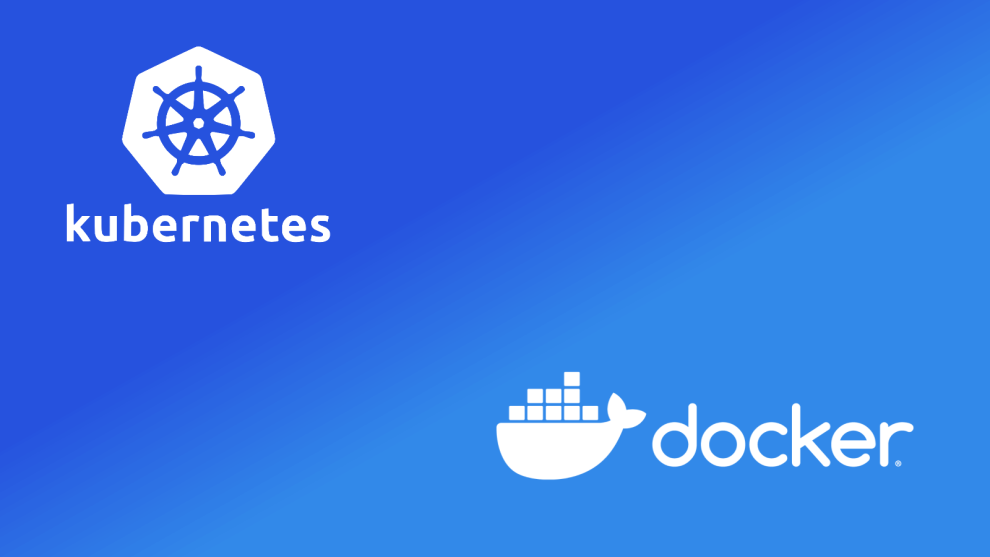For years, virtual machines (VMs) dominated the software deployment landscape. They provided isolated environments to run applications, but were clunky, resource-intensive, and cumbersome to manage. But then came containers, bursting onto the scene like a shipping container revolution. And now, their adoption is skyrocketing, with Docker and Kubernetes leading the charge.
But what’s driving this tremendous growth? In this post, we’ll unpack the reasons behind containerization’s mainstream success.
Agility on Steroids: The Speed and Efficiency of Containers
Imagine deploying an application not in minutes or hours, but in mere seconds. That’s the magic of containers. They package software code and all its dependencies into isolated, lightweight, standardized units that contain everything needed to run the application. This approach unlocks several key advantages:
- Faster startup times: No more waiting around for bulky VMs to boot up. Containers spring to life in a flash, boosting development velocity and time-to-deploy.
- Improved resource utilization: The smaller footprint of containers means you can run significantly more of them on a single machine compared to VMs, maximizing compute efficiency and reducing infrastructure costs.
- Microservices capabilities: Monolithic applications can be broken down into smaller, independent microservices. This facilitates agile application development and allows each service to be updated or scaled independently.
Docker Democratizes Containers
Docker emerged as the containerization champion that took the technology mainstream. Its easy-to-use interface and vast ecosystem of tools and plugins made containerization accessible for organizations of all sizes, from solo developers working locally to enterprise giants running global operations. Developers could now simply “Dockerize” their applications, making them portable and deployable across virtually any environment.
Kubernetes Orchestrates Containers at Scale
While Docker provides capabilities for running individual containers, Kubernetes serves a complementary role focused on operating containers at scale. Imagine running hundreds or even thousands of containerized applications and microservices across clusters of physical or virtual machines. This is where Kubernetes thrives. It handles critical functions like container deployment, scaling, load balancing, and networking to ensure the smooth operation of large-scale, containerized applications.
The Powerful Synergy Between Docker and Kubernetes
Together, Docker and Kubernetes form an extremely potent combination. Docker excels at packaging applications into portable containers, while Kubernetes orchestrates and manages containers across clusters at any scale. This symbiotic relationship unlocks immense value:
- High availability: Kubernetes deploys replicated containers across nodes and can automatically replace any failed containers, keeping applications running 24/7.
- Scalability: Applications can scale up or down on demand to handle traffic spikes and lulls, optimizing infrastructure utilization.
- Simplified management: Operators can deploy, manage and monitor container fleets through a single Kubernetes interface.
Where Containers Shine
Containerization is far more than just hype or buzzword bingo. It represents an enormous paradigm shift in application development, testing, deployment and management. Containers are already transforming industries and use cases of all types:
- Cloud-native applications: Containers represent the fundamental building blocks of modern cloud-native apps built to run optimally in elastic cloud environments.
- CI/CD pipelines: Containerization supercharges continuous integration & continuous delivery (CI/CD) by streamlining collaboration between developers and operations teams.
- Legacy modernization: Breathe new life into aging monolithic applications and technologies by containerizing them, unlocking portability, faster deployment, and operational agility.
Containerization Challenges
While extremely promising, containerization also comes with its fair share of challenges. Potential security vulnerabilities can still lurk within containers themselves as well as the host kernel. Operating complex Kubernetes environments also requires skilled personnel for implementation and ongoing management. Networking and persistent storage can also prove challenging at times. Thankfully, with proper security tools, architectural practices, and skilled teams, these issues can usually be sufficiently addressed.
The Future of Containerized Software
Docker and Kubernetes have cemented containerization as an indispensable part of the modern software technology stack. As their explosive adoption continues in the coming years, analysts expect ongoing container innovation including:
- Edge computing: Lightweight, manageable containers are an ideal approach for distributed computing on edge devices and networks.
- Serverless computing: We’ll see expanded blurring of boundaries between containers and serverless functions underpinned by event-driven application design patterns.
- Smarter orchestration: Machine learning will help drive automation and intelligence of container scheduling, placement, scaling, and other orchestration activities.
Containers have graduated from niche technology to the new norm. From scrappy startups to the world’s tech giants, virtually every organization is beginning to embrace the containerization revolution. So strap on your metaphorical hard hat, because the software landscape is being rebuilt one container at a time!
















Add Comment